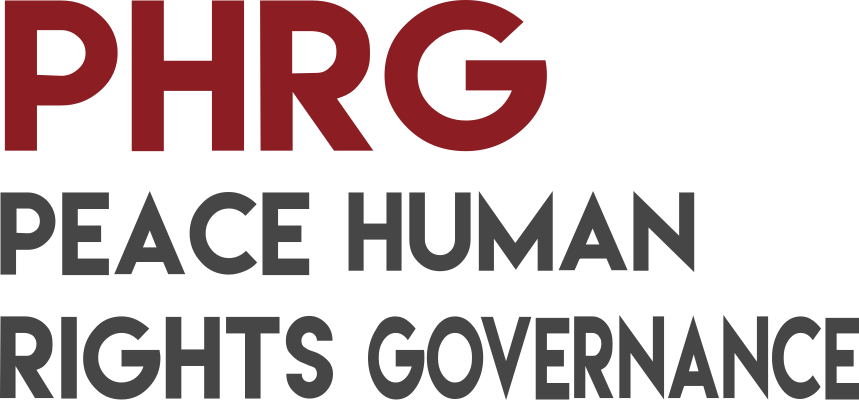In recent decades, international human rights law has significantly developed, not only with regard to the dimension of their universality, but also to the processes of multiplication and specification of all those needs that have led to the progressive recognition of other new rights. At the same time, however, the limits of these rules to be accepted as binding as well as the resistance of many States to assume human rights as a paradigm for domestic law and policies continue to pose challenging questions about justice. Within this frame, this paper looks at the development of women’s human rights and the related machinery, assuming violence against women as paradigmatic of the capacity of the political discourse of human rights to advance, also in a multi-level perspective, effective policy frames to fight such phenomena and to support women’s needs. But also of the need to translate the normative contents in social (feminist) practices going beyond the limits that any legal response presents if it is not followed by action. Considering violence against women as offensive, rather than ‘normal’ if not ‘natural’, has led to a progressive awareness of its socially constructed and unnatural character. This implies the end of the ‘genderless’ character of national criminal systems and the end of impunity for severe crimes committed against women. Will the political discourse that through human rights has developed on violence against women be able to tackle the roots of this phenomenon and how will the quest for protection be taken forward in the coming years? One thing seems evident: after the experience of feminism, the language of human rights paradigm apparently is the only one that is able to aggregate different dimensions and experiences at national and international levels. This confirms the potential of the human rights political discourse in the fight against male violence against women and the benefit of working along this direction.
Ending Violence against Women as Testing Ground for Women’s Human Rights Discourse: Practices, Limits and Challenges
Abstract
Keywords
Download
Degani P., Pividori C. (2018) "Ending Violence against Women as Testing Ground for Women’s Human Rights Discourse: Practices, Limits and Challenges
" Peace Human Rights Governance, 2(2), 163-184. DOI: 10.14658/PUPJ-PHRG-2018-2-2
Year of Publication
2018
Journal
Peace Human Rights Governance
Volume
2
Issue Number
2
Start Page
163
Last Page
184
Date Published
07/2018
ISSN Number
2532-649X
Serial Article Number
2
DOI
10.14658/PUPJ-PHRG-2018-2-2
Section
Articles

 © 2024 Padova University Press - Università degli Studi di Padova
© 2024 Padova University Press - Università degli Studi di Padova